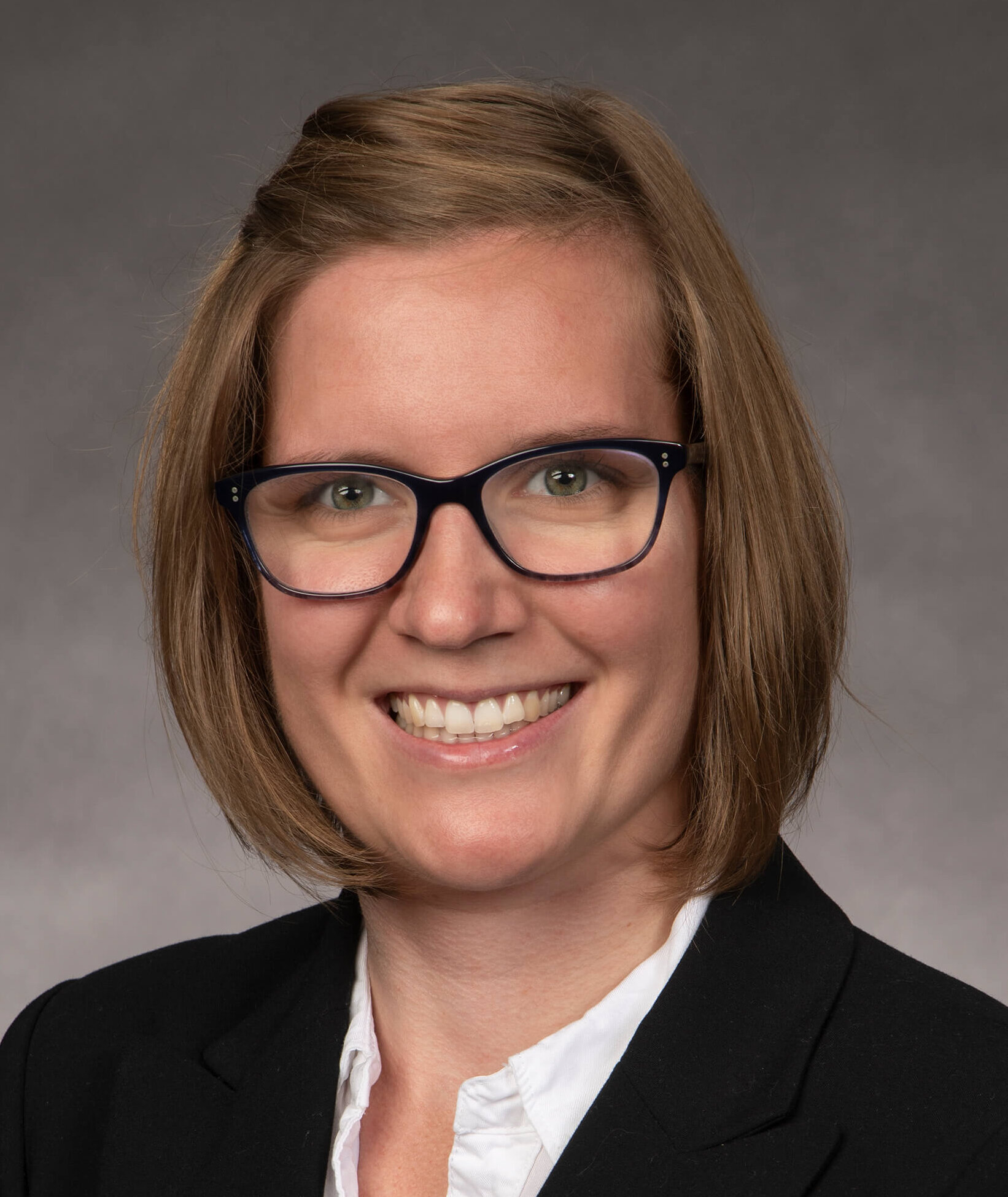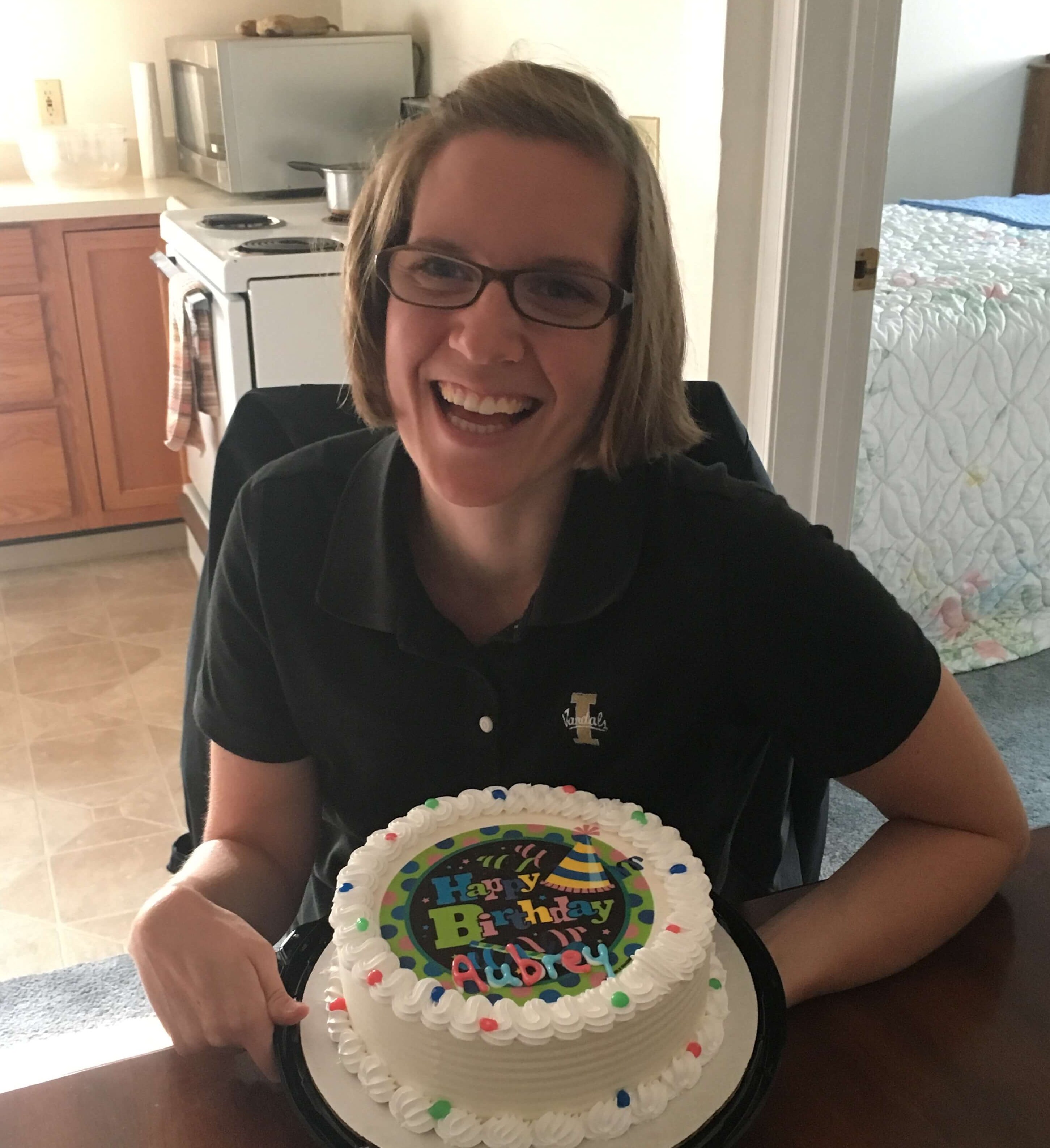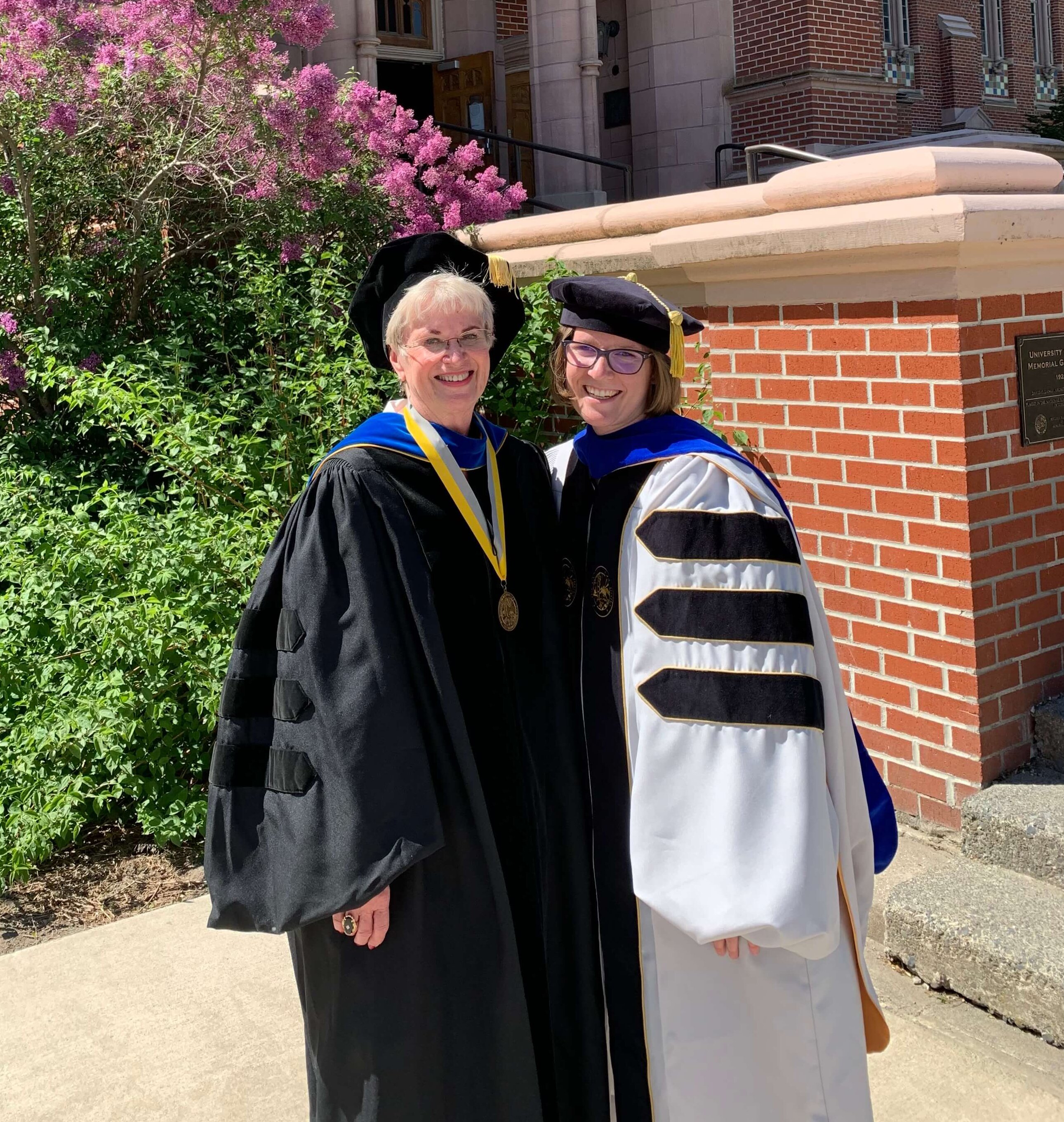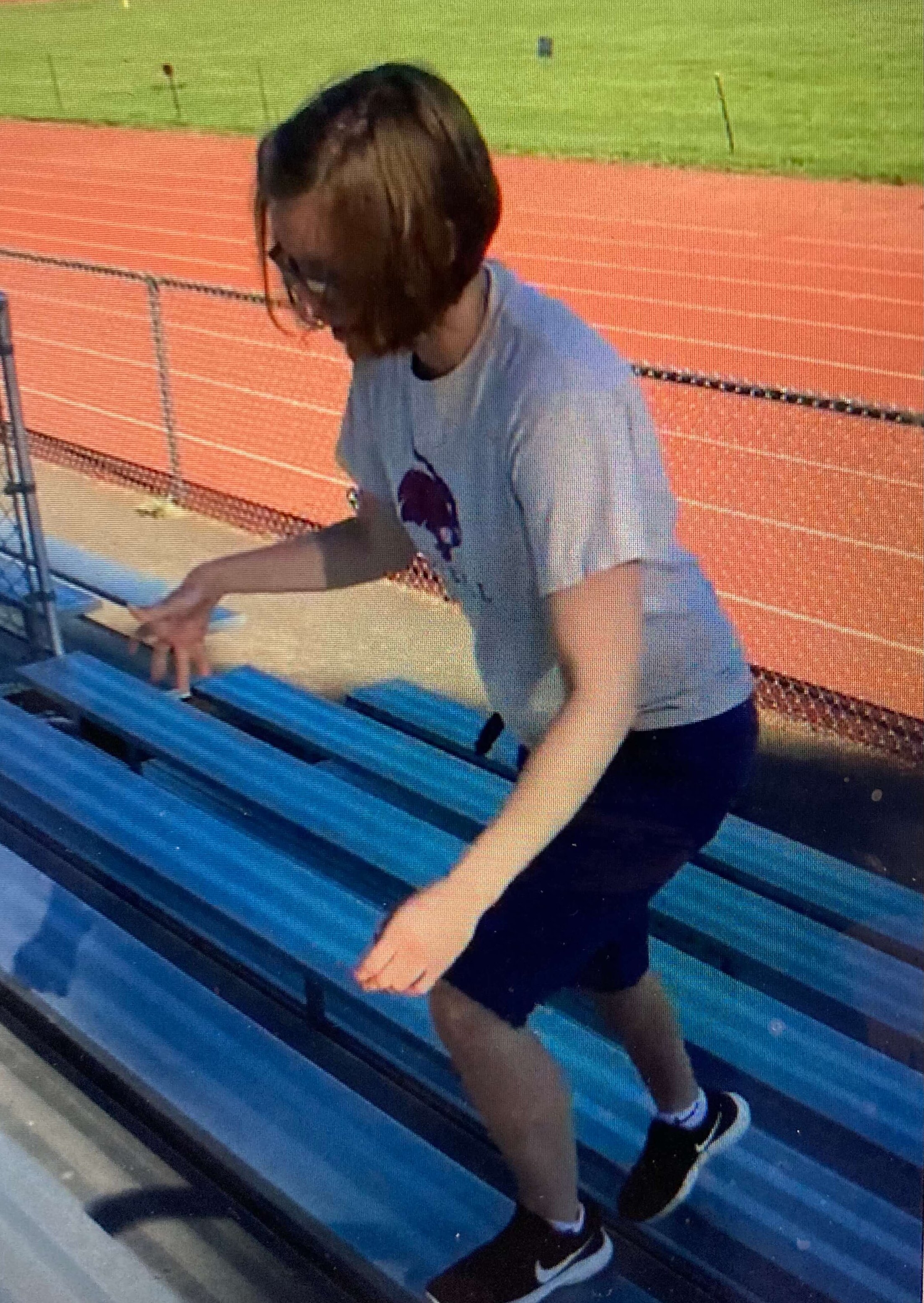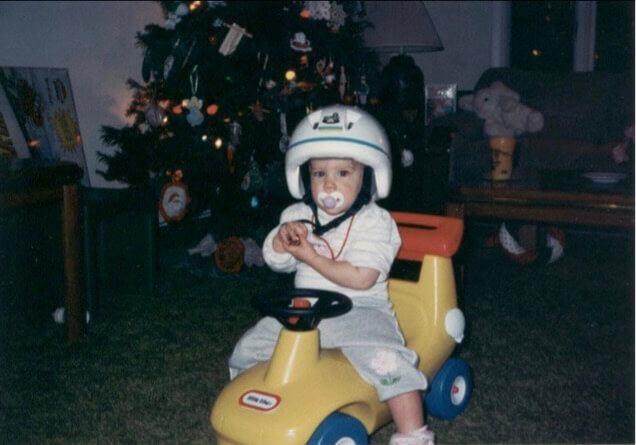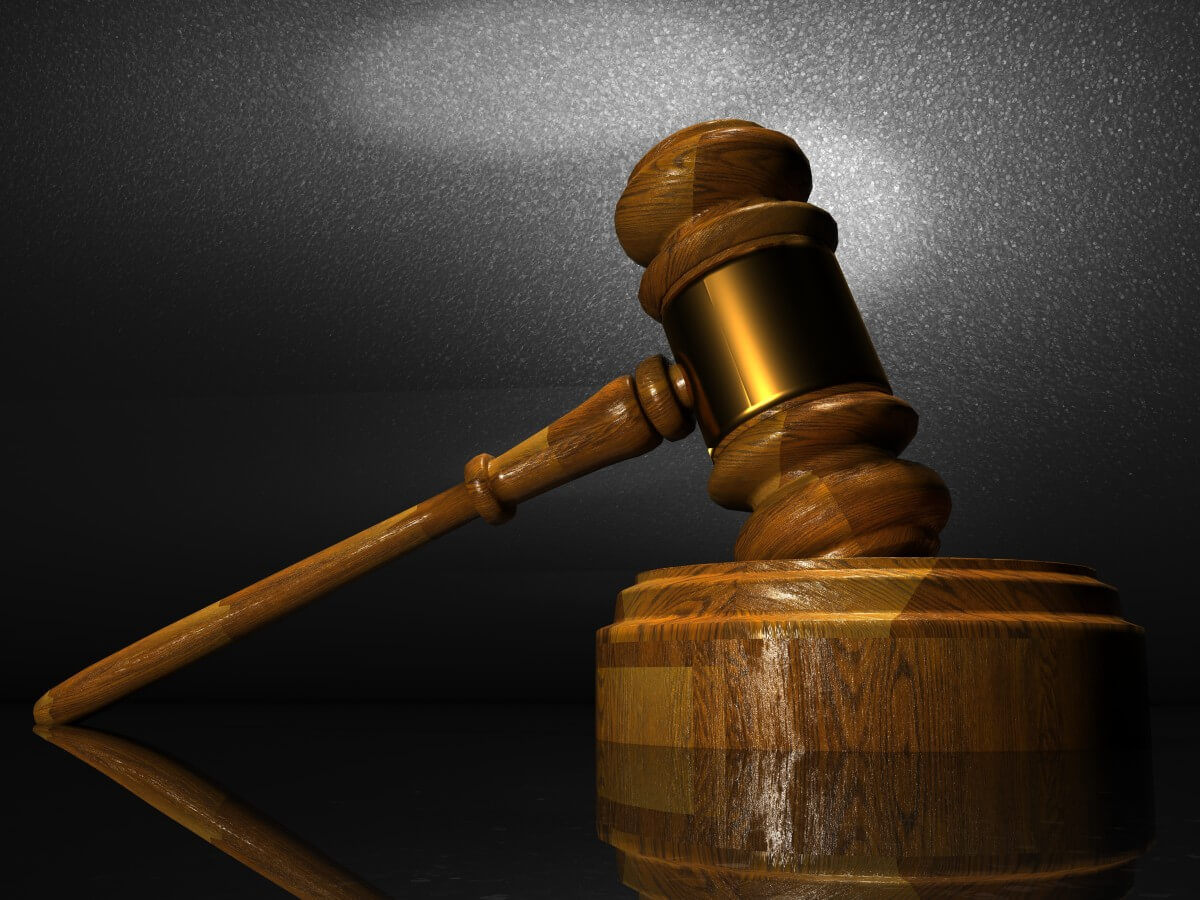
Attention deficit hyperactivity disorder (ADHD) is a childhood-onset neurodevelopmental disorder characterized by developmentally inappropriate and impairing inattention, motor hyperactivity, and impulsivity, with difficulties often continuing into adulthood (Thapar et al., 2016). ADHD is pervasive and developmentally inappropriate difficulties with attention, impulsivity, and hyperactivity (American Psychiatric Association, 2000). Symptoms cause significant impairments at home and in school and are associated with a number of behavioral difficulties such as aggression and noncompliance (Barkley, 2006). Research also suggests that children with ADHD are more likely than typically developing classmates to be rejected socially and to have greater difficulties with their peers (Hinshaw, 2002).

ADHD is diagnosed when an individual has chronic and serious inattentiveness, hyperactivity, and/or impulsivity that are present in multiple settings and give rise to social difficulties (Hallahan et al., 2012). Students with ADHD can be diagnosed as the predominantly inattentive type, predominantly hyperactive-impulsive type, or combined type. Between 3% and 7% of the school-age population has been diagnosed with ADHD, and it is identified more frequently in boys than in girls. Researchers state that problems with neurological dysfunction can be observed in the classroom through diminished self-regulation and/or executive control abilities, such as the inability to wait for one’s turn, refrain from interrupting conversations, follow rules and instructions, and control emotions and impulsive responses (Hallahan et al.).
